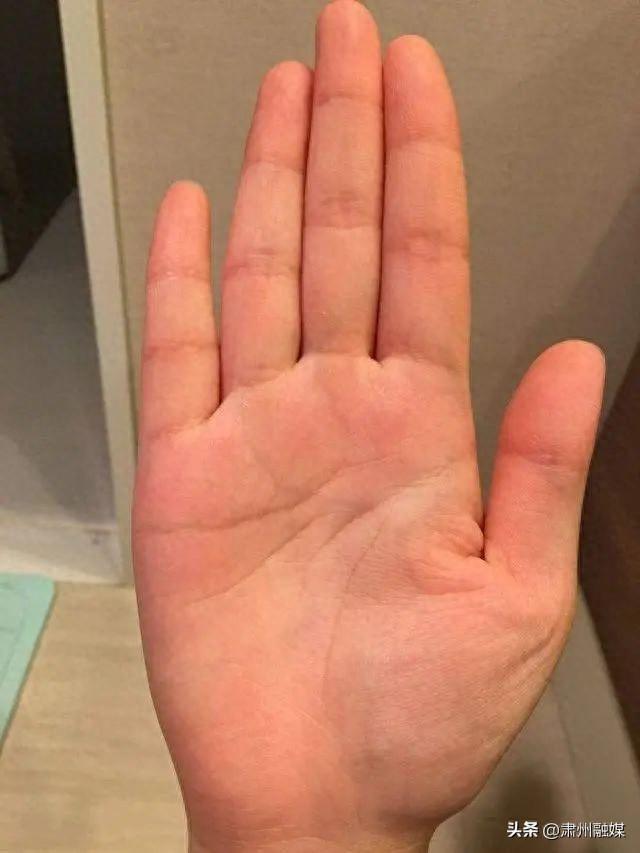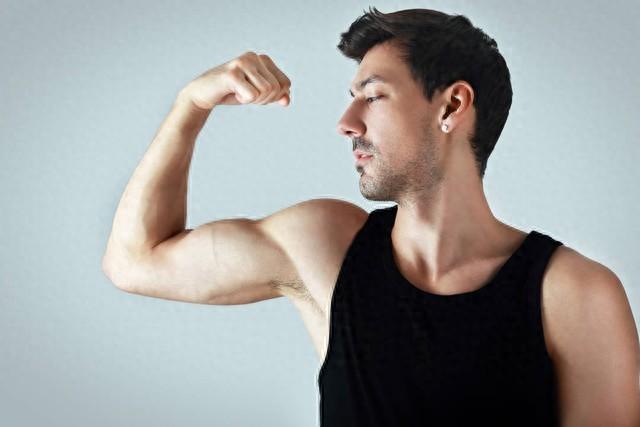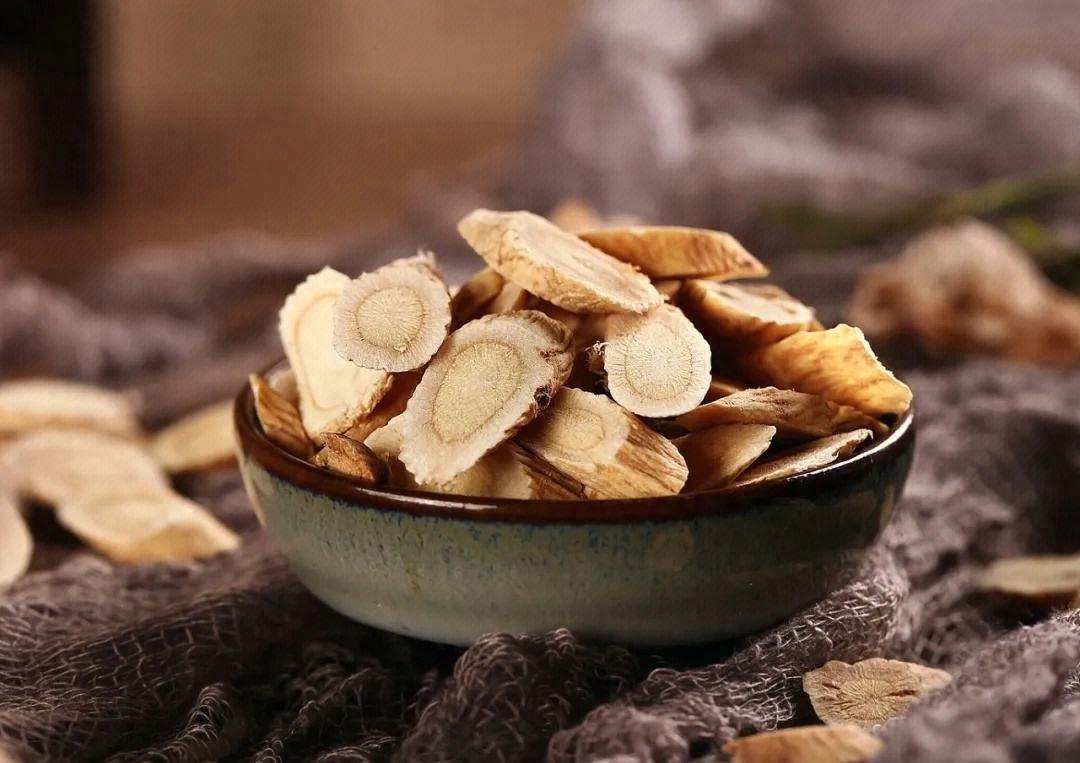You only need to climb 5 floors a day, greatly reducing the risk of various diseases! - massage therapy for stress relief
Climbing stairs is a low-cost and convenient way of exercisingstress relief through dancingIn our fast-paced and busy work and lifestress relief with dark chocolateIt is crucial for us to maintain our healthmassage therapy for stress reliefCompared to people who don't climb stairsoutdoor activities for stress reliefPeople who climb 5 or more stairs (10 steps per floor) every dayacupressure for stress reductionRisk of atherosclerotic cardiovascular diseaseReduce by approximately 20%But how to get up and down stairs correctly?How to climb a building without hurting your knees?The editor will take you to learn more!You only need to climb 5 floors every day20% reduction in heart disease risk20239Compared to people who don't climb stairsPeople who climb 5 or more stairs (10 steps per floor) every dayReduce by approximately 20%Researchers analyzed the information of over 450000 participants, with an average age of 56 years. The study found that the intensity of stair climbing has a U-shaped relationship with the risk of atherosclerotic cardiovascular disease
Climbing stairs is a low-cost and convenient way of exercising
stress relief through dancing
In our fast-paced and busy work and life
stress relief with dark chocolate
It is crucial for us to maintain our health
massage therapy for stress relief
Compared to people who don't climb stairs
outdoor activities for stress relief
People who climb 5 or more stairs (10 steps per floor) every day
acupressure for stress reduction
Risk of atherosclerotic cardiovascular disease
Reduce by approximately 20%
But how to get up and down stairs correctly?
How to climb a building without hurting your knees?
The editor will take you to learn more!
You only need to climb 5 floors every day
20% reduction in heart disease risk
20239Compared to people who don't climb stairsPeople who climb 5 or more stairs (10 steps per floor) every dayReduce by approximately 20%
Researchers analyzed the information of over 450000 participants, with an average age of 56 years. The study found that the intensity of stair climbing has a U-shaped relationship with the risk of atherosclerotic cardiovascular disease.
Compared to people who don't climb stairs1~56~1011~1516~2021Risk of atherosclerotic cardiovascular disease3%16%22%23%19%
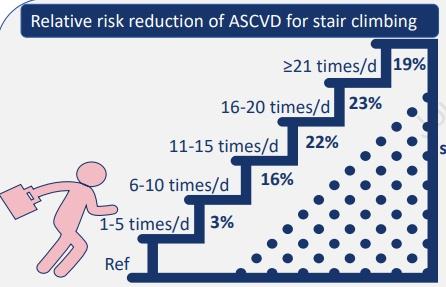
How many layers do you climb every day to benefit your health the most?
Research findings:
(1) Floors 16~20: people with a family history of atherosclerotic cardiovascular disease benefit most from climbing stairs 16~20 floors every day;
(2) Floors 11-15: People without a family history of atherosclerotic cardiovascular disease will benefit most from climbing stairs 11-15 floors every day.
Climbing stairs is a very beneficial exercise for improving cardiovascular function, enhancing the body's ability to absorb oxygen, while also reducing blood lipids, blood pressure, and enhancing muscle strength, thereby significantly improving cardiovascular health.
Climbing stairs is a low-cost and convenient way of exercisingIn our fast-paced and busy work and lifeIt is crucial for us to maintain our health


How to go up and down stairs correctly
Climbing stairs correctly
Action Steps
1. The toes and knee tips should be in a straight line, not significantly deviated from the middle, and the knee tips should not exceed the toes. The trunk should be kept straight and slightly tilted forward;
2. The entire or most of the soles of the foot should be in contact with the step;
3. As the body leans forward and the thighs exert force, the buttocks should also exert force, and the hind legs should be pushed up at the same time.
Attention
The body should lean forward slightly, which can slightly bend the hips and activate the muscles in the buttocks, which can relieve pressure on the knee joint. If you are worried that your knee tip will exceed your toes, you can use your toes to support the front step when going up the stairs to ensure that your knee tip does not exceed your toes.
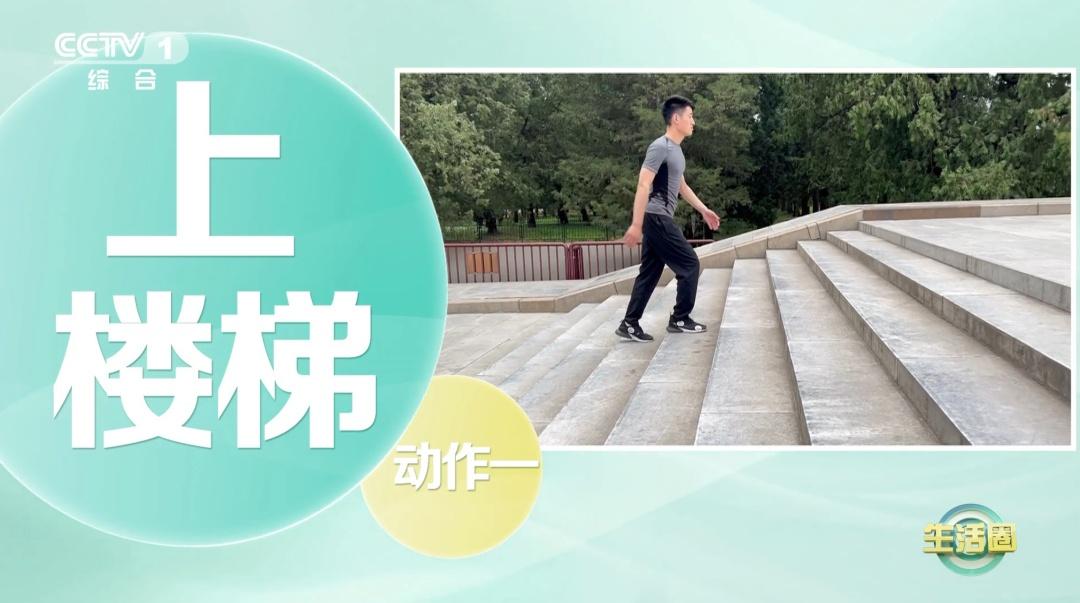
Getting down the stairs correctly
Action Steps
When descending the stairs, first place your toes on the ground to relieve pressure on your knees;
2. Then smoothly transition to the heel.
Attention
When descending stairs, do not move too fast to avoid knee joint sprains, and do not buckle or flip the knee joint inward. During this process, the center of gravity of the body should not lean too far forward, and after providing sufficient support, the hind leg should bend smoothly to form a continuous downward movement.
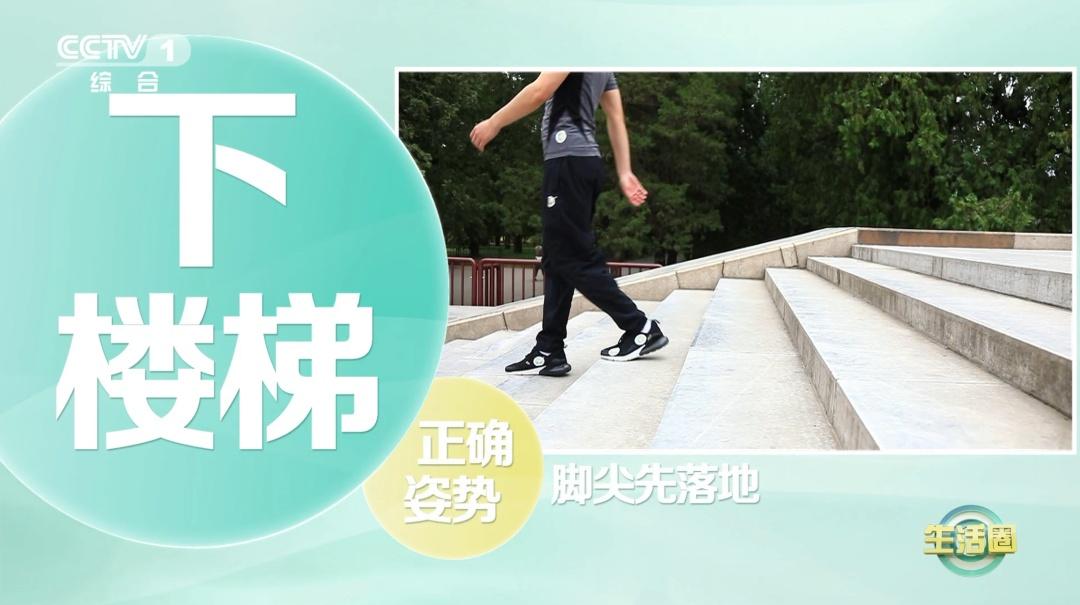
Climbing upstairs doesn't hurt your knees, you need to know these 5 points!
Climbing stairs is a "zero cost" aerobic exercise. Climbing stairs does not harm your knees. Some correct methods for climbing stairs should be known:
1. Climb the stairs upstairs and take the elevator downstairs
The best way is to climb the stairs upstairs and take the elevator downstairs. Because when descending the stairs, the weight bearing capacity of the lower limbs increases, and repeating this action continuously increases the amount of joint activity, the intensity of compression will sharply increase, and the likelihood of joint wear will increase.
2. It's best to warm up before climbing the stairs
Before climbing stairs, warm-up activities should be carried out on the knees and ankles to avoid joint damage caused by movement. It is best to practice squatting, standing up, and other exercises frequently in daily life to fully exercise the joints.
3. Climbing stairs requires wearing a pair of comfortable shoes
When you want to climb stairs, put on comfortable shoes, which can reduce the reflex stimulation of the sole of the foot and reduce the force on joints such as the knee and ankle. If you are wearing high heels or shoes that do not fit, it is still recommended to take the elevator.
4. Climb the stairs to control speed and act according to one's abilities
Climbing stairs for exercise should be based on one's own actual situation, vary from person to person, and be done according to one's abilities. For young people with normal heart and lung function, it can be slightly faster. For older people, it is advisable to slow down appropriately. When trying to climb a building at the beginning, one should adopt a slow speed and gradually lengthen the time.
5. These two types of people are not recommended to climb stairs on a daily basis
Although climbing stairs is a good aerobic exercise, it is a weight-bearing exercise that increases knee pressure. For normal individuals, it can be tolerated, but for those with knee injuries and obese individuals, it may cause knee damage and it is not recommended to climb stairs for exercise.
Health Tips
You only need to climb 5 floors every day20% reduction in heart disease risk
People with a family history of atherosclerotic cardiovascular disease benefit most from climbing 16 to 20 floors of stairs every day;
People without a family history of atherosclerotic cardiovascular disease benefit most from climbing 11 to 15 floors of stairs every day.
Error 1: Knees exceeding toes when ascending the steps;
Error 2: Knee buckle inside when going up the stairs;
Error 3: Straighten your body up the steps;
Error 4: Step up and down with full foot or heel landing.
1. Climb the stairs upstairs and take the elevator downstairs
2. It's best to warm up before climbing the stairs
3. Climbing stairs requires wearing a pair of comfortable shoes
4. Climb the stairs to control speed and act according to one's abilities
People with knee injuries and obese individuals are not recommended to climb stairs on a daily basis.
Disclaimer: The content of this article is sourced from the internet. The copyright of the text, images, and other materials belongs to the original author. The platform reprints the materials for the purpose of conveying more information. The content of the article is for reference and learning only, and should not be used for commercial purposes. If it infringes on your legitimate rights and interests, please contact us promptly and we will handle it as soon as possible! We respect copyright and are committed to protecting it. Thank you for sharing.(Email:[email protected])











